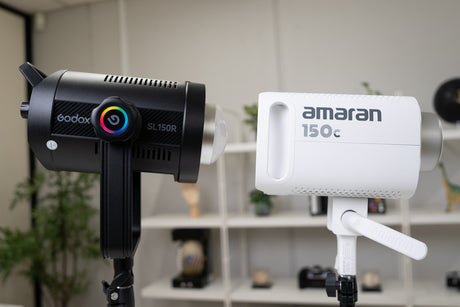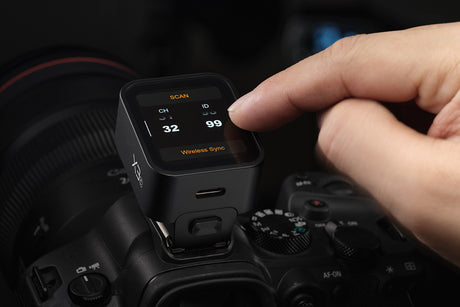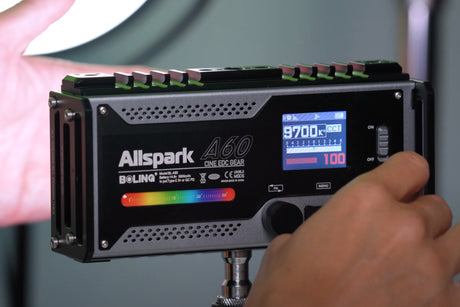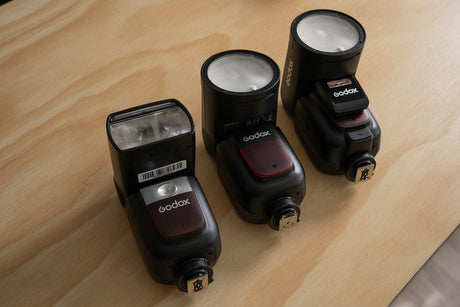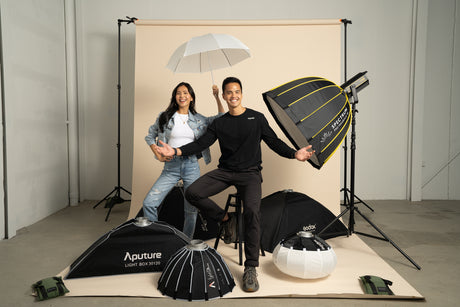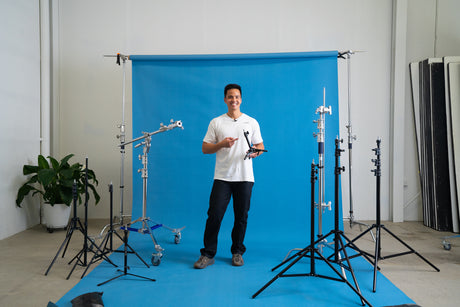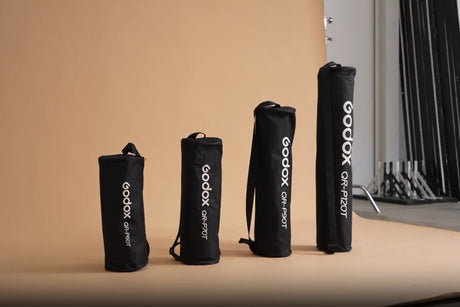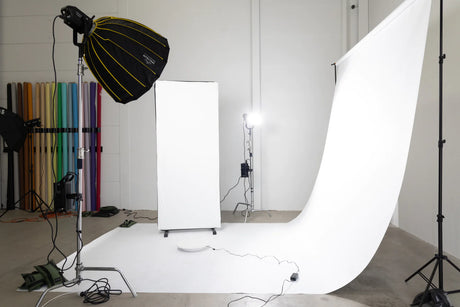Back in the early 1950s, when my father was working as a freelance photographer, colour film was such a rarity even for professionals. Several years later, I got married and had wedding photographs all in black and white. And in the next few years, when I started attending camera club, print competitions always involved monochrome images processed and printed by photographers themselves.
Monochrome photography has always been prominent back then. Even when I started out working professionally in 1984, starting out with studio portfolio work, photos were still largely shot in monochrome, using Kodak or Panasonic for fine grain results and Kodak Tri-X for flexibility. Aside from the lack of coloured photographs, it is also interesting to note that during that time, weddings and family portraits were the only ones covered regularly by photographers.
The essence of black and white photography is much more than just the colour. It’s more about how colour, light, shade, and texture appear in the finished image. I have a little exercise you can try to understand the concept better. Using Photoshop, Paint Shop Pro, or any other good graphics package, try taking a rectangle with a width that is three times that of its height. Try making something like this, a 600 pixel by 200 pixel image in white, with a 10 pixel black border all around it.
Fill the first third with pure red, the middle third with pure green, and the last with pure blue, like so:
In this way, our eyes perceive all three colours as having almost equal intensities. Well, they are. Intensity may vary a little but that is just because the three different colour sensor cells in our retina may not be quite even in number and efficiency. Now try converting it to greyscale:
When the image is changed to greyscale, the computer differentiates the colours in interpreting intensity despite the fact that each of the three colours is fully saturated in the second image. The 5% human males who are colour blind and cannot differentiate between red and green can actually see the difference in greyscale when they can’t in colour.
Now forget about the images above and shift your attention to a coloured picture of an Irish flag Try imagining it in greyscale. Which of the colours is grey? I hope I’ve made a point here. I trust that by now, you have understood the need to consider the shapes, shades, textures, and patterns in a monochrome image.
Take a look at these examples. They are shots I took back in 1986 when I was working regularly for a modelling and entertainment agency, mainly doing z-card shots for their registered models and dancers. I used Tri-X and a Bronica ETRS medium format camera. It gave me the flexibility I needed since I didn’t know exactly what would walk through the door.
The first two images here were taken on the same film just minutes apart. (The left image is the first test shot of model Claire Mulholland who is still registered on the books of Select in London).
The image on the left features how textures are displayed in monochrome images. Notice the texture of Claire’s hair and the leather hat, contrasting with her beautiful complexion and tight-knit top. The background was created with a wide-angle spotlight on the paper roll.
The right hand photo was shot by available light and features the lines of the dancer’s body and legs. And just in case anyone is bothered by the ballet bar attached to the wall, we did try it with the subject farther away from the wall but it lost its impact.
The next two images were shot using different backgrounds. The one on the left is a high key image shot with two vertical soft boxes that produced the near white background. Her white dress was still given the definition it requires by using a black reflector in front. Her hair, arms, hat, and a glimpse of her left leg were able to frame the dress.
The glamour image on the right was achieved by using a black paper backdrop roll, a single soft box to the photographer’s right, a large reflector just out of shot to the left, and a barn door light shining on the model’s hair from behind. The prominent feature in this photo is the details of the model’s translucent top.
Now let’s move on to black and white images taken outside the studio. Take a look at the texture of the rippling water and polished carved wood. If my memory serves me right, the image on the left is of the choir stalls at Salisbury Cathedral. It is able to demonstrate the grain of the carving just by using the natural light coming from the cathedral’s stained glass windows all around.
The one on the right was taken from the side of the Roman Bath, where I focused on the reflection of a window in the adjacent tearooms and then turned the image upside down to display it.
I saved the best for last. So here is one of my favourite monochrome images of all time.
I took this whilst I was still an amateur, a University student back in 1984 when the Enid was playing a gig. I shot this standing on a stool that was on top of a table that was on a sprung floor. I used the Bronica ETRS with Tri-X pushed to 3200 ISO by dramatically extending the development time. The shot was taken at 1/60 of a second at f5.6. In the darkroom, despite the intensity of the negative in the areas around the two guitarists and the drummer, I was able to burn in enough detail just by extending the exposure time and moving about quickly between the enlarger lens and the floor. Luckily, I got it right the first time and I was able to print a 24” by 30” (just under 60 cm by 75 cm) enlargement.
Most of the images here were taken decades ago and we’ve come a long way since the 80s. We can now enjoy looking at bright and eye-catching coloured images. But as we can see, monochrome photography never gets old and people still continue to appreciate the subtle beauty of black and white images.



